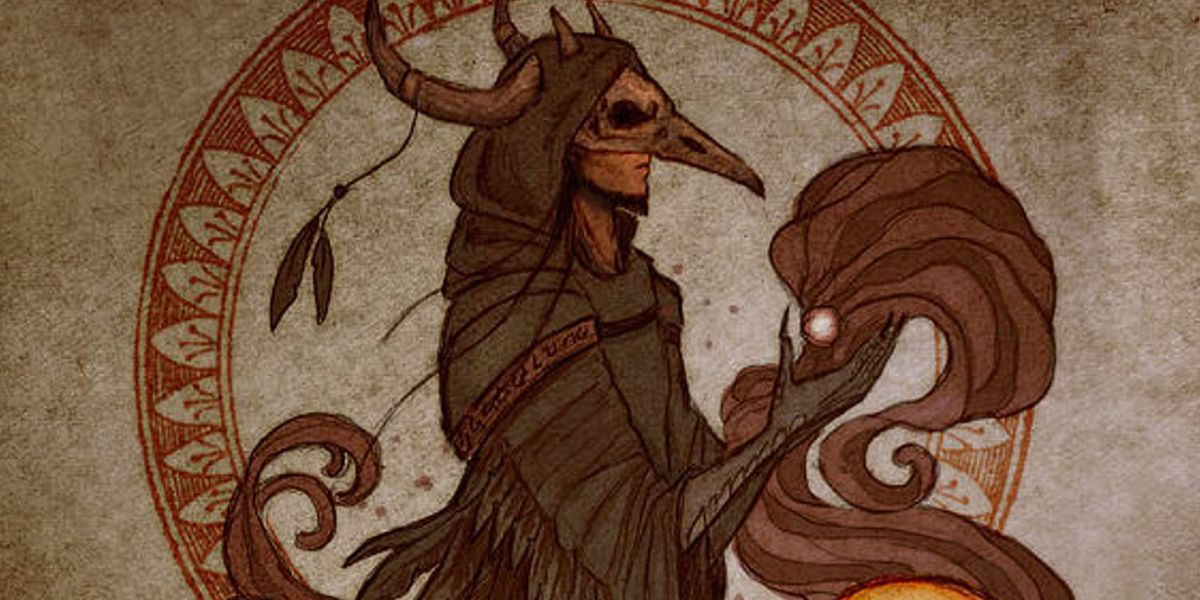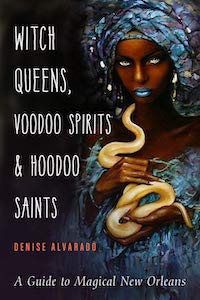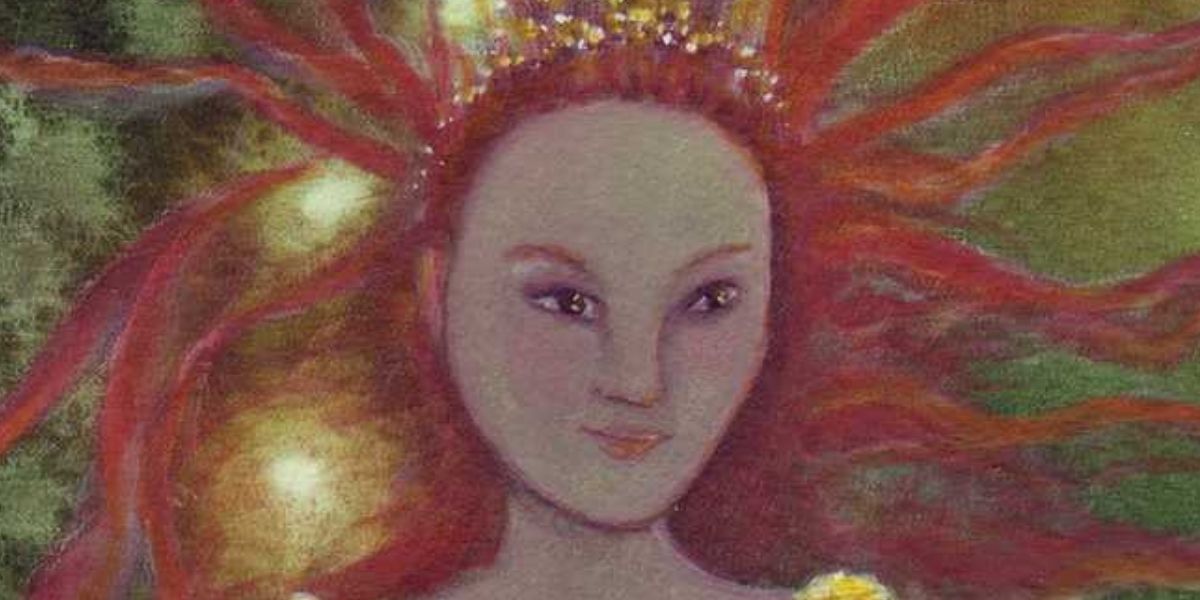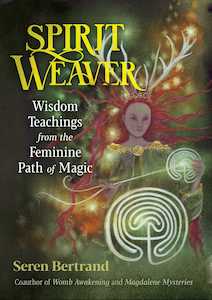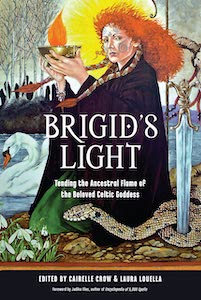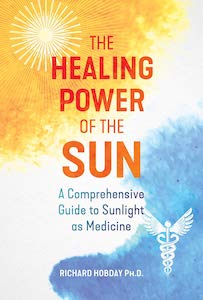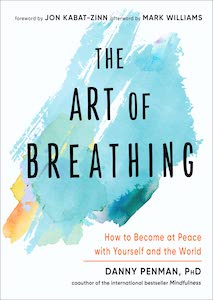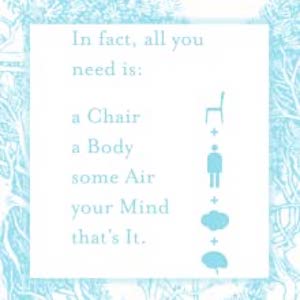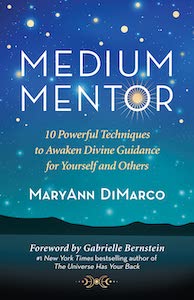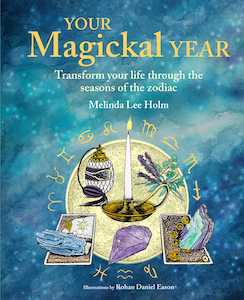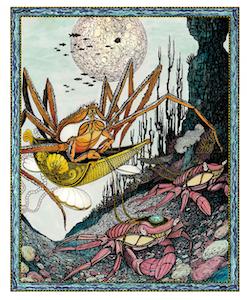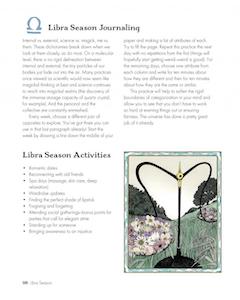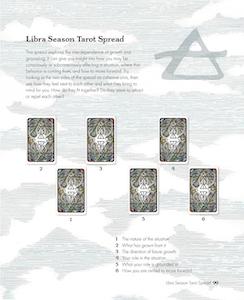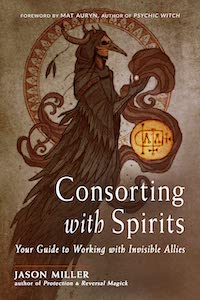
Consorting with Spirits: Your Guide to Working with Invisible Allies, by Jason Miller
Weiser Books, 9781578637546, 216 pages, May 2022
Within minutes of reading the introduction to Consorting with Spirits: Your Guide to Working with Invisible Allies by Jason Miller, I went online and bought two additional books by the author, Protection & Reversal Magick and The Sorcerer’s Secrets. I was so impressed with the writing style and information offered in the introduction, that more books from this author were needed immediately.
With this book, Miller has written a manual that assists the reader in creating or strengthening bonds with dwellers of another realm, such as angels, spirit allies, or deities, and he does it in a way that feels completely accessible to everyone who is willing to put time into the effort. A devotee to practical magic for over 35 years, Miller is well versed in the occult and the various ways of application, yet trying to assign a specific path that he follows is near impossible. The author of six books and a variety of courses, Miller regularly shares his knowledge through emails to his subscriber list, of which I am part of. Full disclosure here: I am a fan of this writer.
Miller is clear and to the point and states that habitual company with spirits is the key to working with them. He says:
“…it’s the relationship that really matters, not whether the spirit is in the correct column for the planet or whether the description in the book fits your needs. Those things matter for choosing spirits to make initial contact with, but that’s just the starting point.”1
What I love about this book is the way it’s written: clear, easy to understand, with ideas presented that could be challenging for some. For me, the notion that once you do the research into which spirit you want to build a relationship with and set the stage for that relationship, you are then free to work with them whenever is mind blowing. I don’t know where I got the idea that there needs to be a high ceremony each time I wanted to interact with spirits, but I know that idea prevented me from contacting spirits doing so as I thought it would be unsafe without all the trappings.
While there is no warning attached to this book, Miller does have a caution to those who choose to pick it up. Miller writes in bold: ‘THIS SHOULD NOT BE YOUR FIRST BOOK ON MAGIC’ and I appreciate that. He explains:
“…this should probably not be your first book on magic. It’s not that this is an advanced book, I plan on making things as simple and as straightforward as possible. It’s simply that knowing some methods of protection, some basics of spellcraft, and having some competency at divination will make the work presented go a lot smoother.”2
I love the fact that Miller calls out that there needs to be basic understanding prior to picking up this book. In fact, that was the line that drove my impulsive purchases. When you set the foundation and ask that those participating have a working knowledge of basic concepts and practices, it makes for a much easier read. I’ve always thought that some books need to have some sort of paragraph explaining what you need to know before you start, and this book does just that.
The fact that Miller calls upon all sorts of spirits, including angels and demons, might seem a bit shocking to those who have had unpleasant experiences with organized religion. As a cult survivor, I completely identify with these people and understand that references to angels and demons might be triggering. I will be honest, I thought that I would stumble on that part but Miller’s openness and honesty about his experiences completely negates those feelings and instills a sense of wonder. That might not be what everyone experiences, but for me I was surprised to find myself contemplating contacting an angel for help.
The book is divided into twelve chapters ranging in topics from “What is a Spirit?” to “Relationships and Pacts” and everything in between. One of my favorite parts of the book deals with local spirits and how to contact them. This chapter is about how most sorcery is local. Miller explains:
“…most Sorcery and Witchcraft are local. There are vast and ancient Gods and Goddesses contactable from anywhere in the world, as well as saints and all manner of spirits, but when it comes to getting stuff done, it’s not always who is the most powerful, but who is the most local.”3
Miller says that making a map that details important locations for magic is useful and provides a clear connection to spirits in that area. Researching the natural geography of the land is also helpful, as certain aspects lend themselves to amplifying magical activities. Finding specific places that feel more magical provides an extra layer of help when contacting local spirits, especially when it comes time to sit in communion with them and listen. Miller also suggests doing research on the history of the land as well, as that could potentially provide more information on who the local spirits are and how to contact them. So many great ideas for establishing contact with local spirits, and I can’t wait to try it out.
One of the best parts of this book is the blending of Christianity, Paganism, and Luciferianism in the rituals presented. Miller does this flawlessly and explains that to him, magic is magic. On the reasoning behind including three different perspectives he says, “These three approaches – The Christian, the Pagan, and the Luciferian – represent major streams of thought in the occult world that would benefit from a book like this. Other streams exist… the magic in this book could be adapted to those lines of practice if one were clever.”4
I would absolutely recommend Consorting with Spirits to anyone who is looking to establish a relationship or deepen an existing connection with spirit. Personally, I have used the information to strengthen my bond between myself and my ancestors with great success. This is not a book for someone who is dabbling though. This is a blueprint for finding and connecting to spirit in a careful and respectful manner. If that resonates, I urge you to pick it up.

Sarrah October Young is a writer and practising witch who wished she could do stand-up comedy. When she isn’t writing or witching, she can be found posting about her cats on IG @therealoctober.
